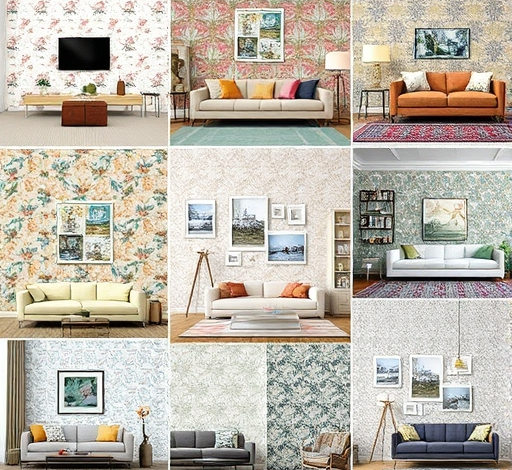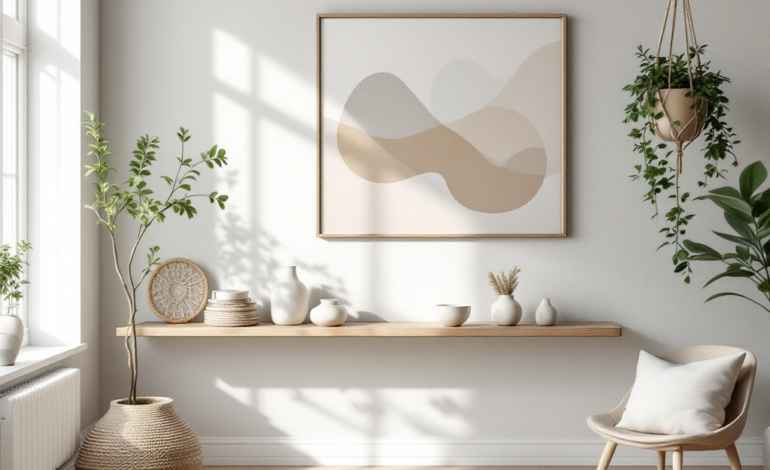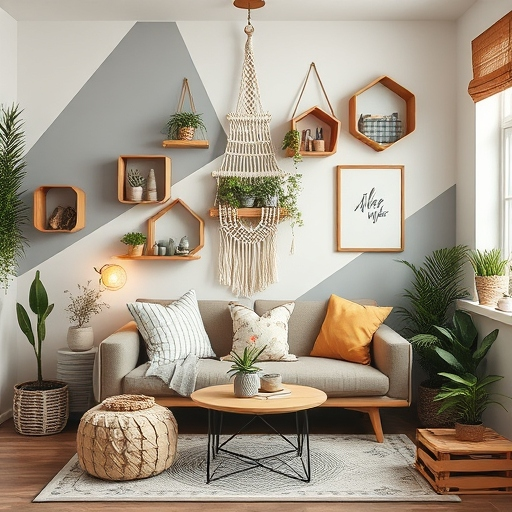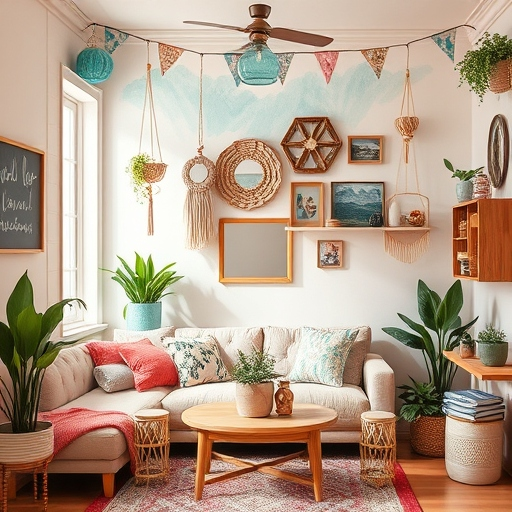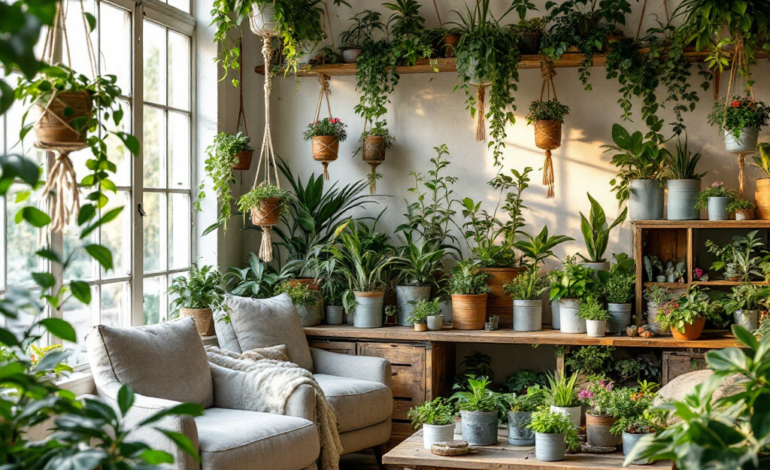
DIY Planters & Indoor Gardening: 5 Expert Tips for Beginners
Looking to elevate your home’s aesthetic while indulging in a therapeutic hobby? DIY planters and indoor gardening might be just what you need! Whether you want to create DIY indoor gardens that burst with life, craft unique DIY plant pots, or hang lush greenery from the ceiling with DIY hanging planters, this guide will take you through the entire process. Let’s dive in and explore how to bring the outdoors inside, step by step!
What Is Indoor Gardening, and Why Should You Start?
Indoor gardening involves growing plants within your home. From small herb gardens in your kitchen to elaborate indoor jungles, this activity is rewarding for your mental health, air quality, and interior design. Here’s why you should embrace it:
- Improves Air Quality: Many indoor plants act as natural air purifiers.
- Boosts Mental Well-being: Tending to plants reduces stress and enhances your mood.
- Adds Aesthetic Appeal: Greenery transforms your home into a lively, inviting space.
Essential Supplies for DIY Indoor Gardening
Before you begin, gather these essential materials:
- Pots and Containers: Repurpose items like mason jars, old teapots, or wooden boxes.
- Potting Soil: Choose soil suitable for your plant type.
- Seeds or Plants: Opt for low-maintenance options like pothos, succulents, or herbs.
- Fertilizers: Organic or chemical, depending on your preference.
- Watering Tools: Spray bottles or watering cans.
Pro Tip: Recycle household items for planters to save money and reduce waste!
How to Create Stunning DIY Plant Pots
Step-by-Step Instructions:
- Select a Container: Anything from old mugs to tin cans can work.
- Add Drainage: Drill holes in the base or add pebbles to prevent waterlogging.
- Paint and Decorate: Use acrylic paints, washi tape, or fabric to personalize your pot.
- Plant Your Greenery: Fill the pot with soil, plant your seed or sapling, and water it gently.
Example: Transform an old mason jar into a chic succulent planter by adding a layer of pebbles, potting soil, and a small cactus. Wrap twine around the jar for a rustic touch.
DIY Hanging Planters for a Vertical Garden
Want to maximize space? Hanging planters are perfect for small apartments or to add dimension to your indoor garden.
Materials Needed:
- Macramé cord or sturdy rope
- Hooks or ceiling mounts
- Lightweight pots
- Plants with trailing vines (e.g., pothos or string of pearls)
Instructions:
- Create the Hanger: Learn basic macramé knots or use a pre-made hanger.
- Secure the Planter: Ensure the rope holds the pot securely.
- Install the Hook: Mount a hook in your ceiling or wall.
- Hang and Style: Place the plant in the pot, hang it, and arrange the vines.
Tip: Mix different heights and pot sizes for a dynamic look.
Indoor Gardening Ideas to Elevate Your Space
Herb Gardens
- Grow basil, mint, or cilantro in your kitchen for fresh, aromatic herbs.
- Use small pots or a tiered planter for space efficiency.
Vertical Gardens
- Attach planters to a wooden pallet or hang them on a wall.
- Ideal for small spaces or as a statement piece.
Terrariumsdepicts a cozy indoor space filled with greenery, showcasing DIY planters crafted from recycled materials like mason jars, tin cans, and wooden boxes, arranged on shelves and tables. The background includes DIY hanging planters made from macramé ropes, with trailing plants like pothos and string of pearls. The room features warm natural light, neutral-toned furniture, and a welcoming atmosphere perfect for indoor gardening inspiration.
- Create a mini garden in a glass container.
- Combine moss, pebbles, and small plants for a whimsical display.
Table: Best Indoor Plants for DIY Gardening
| Plant | Care Level | Light Requirement | Watering Frequency |
|---|---|---|---|
| Pothos | Easy | Low to Medium | Weekly |
| Spider Plant | Easy | Medium to Bright | Weekly |
| Peace Lily | Moderate | Low to Medium | Weekly |
| Succulents | Easy | Bright | Bi-weekly |
| Snake Plant | Easy | Low to Bright | Bi-weekly |
FAQs: Your Questions Answered
Q1: What are the easiest plants for DIY indoor gardening?
Low-maintenance options like succulents, pothos, and snake plants are perfect for beginners. DIY indoor garden enthusiasts love these plants for their resilience and aesthetic appeal.
Q2: How do I prevent overwatering my plants?
Ensure proper drainage in your pots and check soil moisture before watering. Overwatering is a common mistake in DIY planters setups.
Q3: Can I use regular garden soil for indoor plants?
No, indoor plants require potting soil for better aeration and drainage. Using the right soil mix is crucial for your DIY indoor garden.
Q4: How much sunlight do indoor plants need?
Most indoor plants thrive in indirect sunlight. Check your plant’s specific needs to ensure your DIY plant pots project flourishes.
Q5: What is the best way to fertilize indoor plants?
Use a balanced liquid fertilizer every 4-6 weeks. Fertilizing your DIY hanging planters regularly promotes healthy growth.
Q6: Can I grow vegetables indoors?
Yes, leafy greens like spinach and lettuce grow well indoors. Starting a DIY indoor garden with vegetables is rewarding and practical.
Q7: How do I make my DIY planters more sustainable?
Repurpose old containers and use organic materials. Sustainability in DIY plant pots helps reduce waste and costs.
Q8: What are some creative ideas for DIY hanging planters?
Try using old colanders, coconut shells, or macramé holders. Creative DIY hanging planters add a unique touch to your home.
Conclusion
From DIY planters to indoor gardening, embracing greenery is a joyful, rewarding journey. By crafting personalized DIY plant pots or designing stunning DIY hanging planters, you can transform any space into a vibrant oasis. Ready to get your hands dirty? Dive into these projects today and let your creativity bloom!
Key Takeaways
- Start Small: Begin with easy plants like pothos or succulents.
- Be Creative: Repurpose household items for unique planters.
- Maximize Space: Try hanging planters or vertical gardens.
- Enjoy the Process: Indoor gardening is as therapeutic as it is beautiful.

